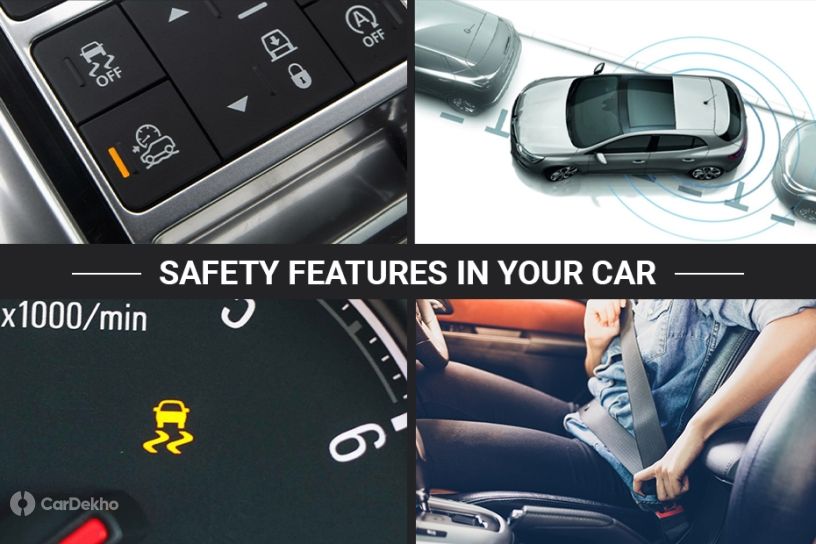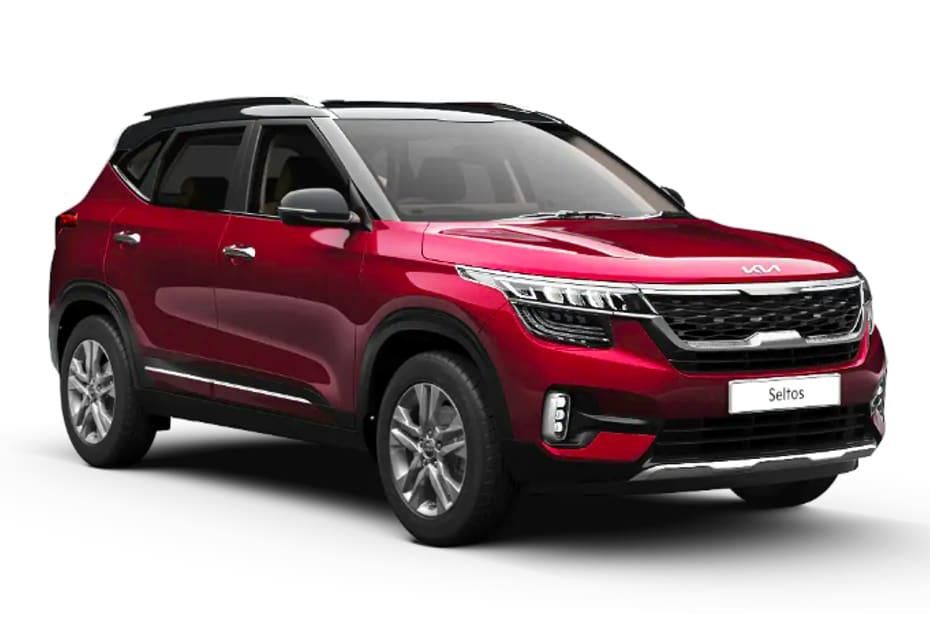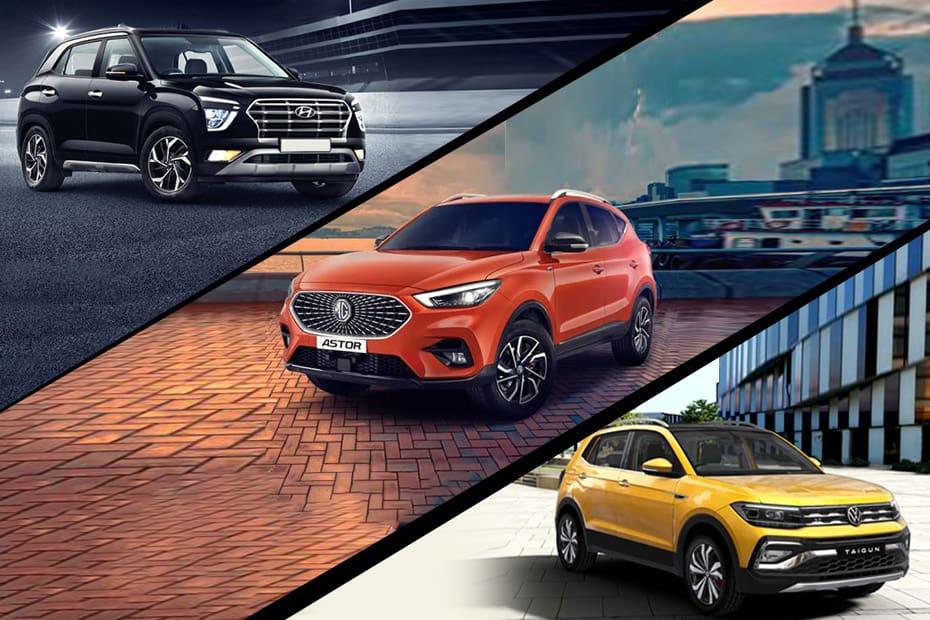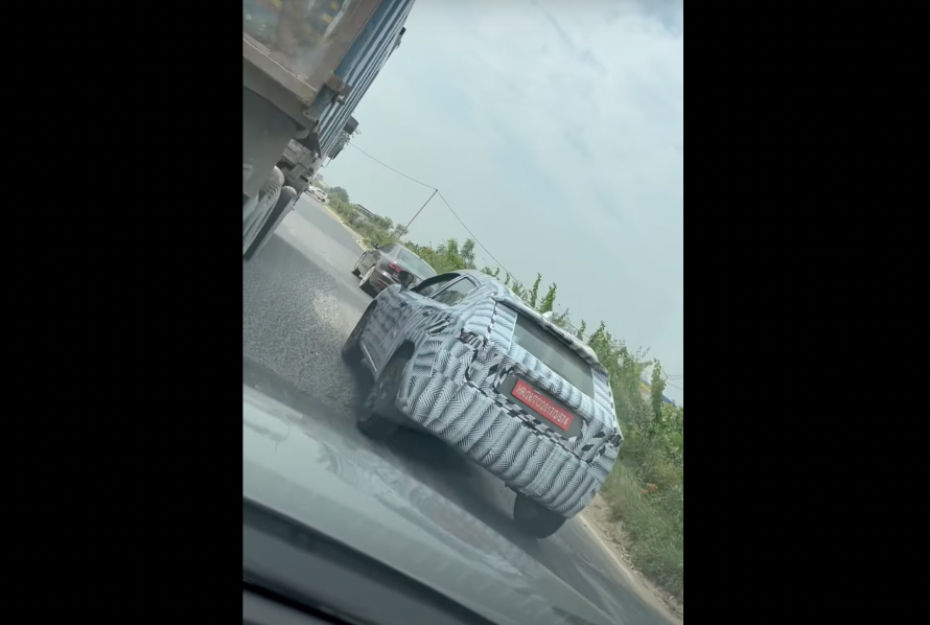How Do These 7 Common Safety Features In Your Car Work?
Published On Oct 30, 2021 10:00 AM By Dhruv
- Write a comment
Indian buyers are proactively opting for more safety features in their cars but how do these features keep them safe?

In recent years, mass-market carmakers have increased their focus on expanding the list of safety features. You will now find high-end safety features even in cars under Rs 10 lakh. However, sometimes we don’t really know how these acronyms in the brochure protect us. To give you a better idea, we have taken some of the most common safety features offered in cars today and explain how they keep you safe.
But before we get started, you should know that there are two kinds of safety features - passive and active. Passive safety features protect us by activating during an accident while active safety features help in preventing an accident.
Seat Belts
Seat belts are the oldest safety features known to exist in cars. They were so instrumental that when Volvo developed the three-point seat belt for passenger cars, it shared the patent with all carmakers for free, as the feature was considered a crucial life-saving device in the event of an accident.
A seat belt's primary job is to keep you secured in your seat during an accident. Normally, if you try tugging on your seat belt in a sudden manner, you will feel that it only reels out a certain amount before locking. This mechanism restrains your body from moving any further, keeping you in your place during hard braking.

In the event of an accident a seat belt goes a step further, and activates the pretensioner and load limiter. It’s a small device in the seat belt which, with the help of a tiny explosion, tightens the seat belt around your chest and lower abdomen. It secures you in the seat and doesn’t let you move even an inch. This system, however, only activates when the airbags are deployed.
Airbags
An airbag is a vehicle safety device that can inflate really quickly in the event of an accident to cushion the impact for the occupants of a vehicle. There is a small explosion inside the airbag unit which rapidly fills it with a gas to expand it. It is mandatory for all new cars to have two front airbags (one for the driver and for the passenger). Cars also get side airbags in the seats, curtain airbags and even a knee airbag for the driver.
Also Read: These 10 Cars Offer You 7 Or More Airbags Under Rs 40 Lakh
A seat belt keeps you in your seat whereas an airbag works as a cushion between the steering wheel, dashboard, the windshield, other areas of a car, and you. If you don’t wear a seat belt, and the airbags deploy, the impact of the airbags opening could cause you major injury.
A lot of people have this notion that airbags will take most of the brunt of an accident. While airbags do help in cushioning your impact, they can also be fatal if not used correctly.

An airbag, or ‘SRS Airbag’ as you will find written on your steering wheel or dashboard or other places with airbags, is a supplemental restraint system. It works along with a seat belt to keep you safe.
A lot of people believe that the airbags won’t open if you are not wearing a seat belt and there is some truth to this, depending on the car. Airbag systems and seat belts are generally part of the same safety module in a car, and thus if your seat belt is not plugged in, an airbag may not function properly, or may assume there isn’t a person in that particular seat. In other cars, airbags could open without the seat belt being engaged.
It is already mandatory for the front passengers to be wearing their seatbelts, we’d recommend you keep your seat belt to be engaged as it works with the airbag to maximise your safety.
ABS with EBD
Anti-lock Braking System or ABS and Electronic Brake Force Distribution or EBD are often clubbed together on most car brochures. Since 2019, ABS has become mandatory for all new cars across variants in India. This is an active safety system and helps in maintaining control of a vehicle during braking.
 Image Credits: Toento.com
Image Credits: Toento.com
Without ABS, the wheels of a car may stop rotating or “lock up” under heavy braking, and simply skid across the road surface with no grip. The ABS system has a sensor on each wheel, which determines when a wheel is going to lock under heavy braking. The ABS module in the car is programmed to release the brake pressure ever so slightly in such a situation and engage it again. This process can happen hundreds of times in a second. Due to this, the driver is still able to maintain steering control over the car, and avoid a crash. ABS helps you brake while turning or on wet roads as it maximises that amount of braking force you can apply without going over the limit and locking the wheel.
EBD plays a supporting role to ABS for increased vehicle control under braking. The system is capable of applying variable braking force to individual wheels. For example, if you are forced to brake during a corner. The outside wheels will have more grip than the inside wheels and the EBD system will send more braking force to these tyres as they can brake with more force.
ESP
ESP or Electronic Stability Program is one of the most multi-faceted safety features in a car. It has many names such as ESC, VSM, VSA, VDC and DSC, but essentially they are all the same. It’s just that different carmakers choose to give their ESP systems different names.
If an ESP system detects that a vehicle is not travelling on its intended path, it intervenes by doing two things. Firstly, it can cut power to the driven wheels which is also known as traction control. Cars with a lot of power can overcome the grip from their tyres and traction control helps prevent this. If there was no traction control, the tyres would spin needlessly and could result in the car veering off its line.Secondly, it can brake individual wheels to bring a vehicle in line with its intended direction of travel. For instance, If a car begins to slide with the rear of the car rotating faster than the front, the ESP system can individually brake the outer rear wheel to bring it back in line with the rest of the car.

An ESP system has many sensors. It uses the wheel-speed sensor from the ABS unit to determine wheel speed, a steering wheel sensor to determine the intended direction of a vehicle, a yaw sensor that measures that sideways movement of a car, and a sensor to measure the lateral acceleration in a corner. These are just the basics. You can have a pitch sensor as well to measure the movement of the car’s body under acceleration and braking and even a roll sensor to measure if a car is going to tip over to one side. These additional sensors increase the accuracy of the data, and allow the ESP system to fine-tune its decision-making abilities during an emergency situation.
An ESP system can also encompass a roll-over mitigation system. This stops the car from rolling over onto its roof when a majority of the weight gets shifted onto one side.
Hill Hold Control

HHC or hill hold control helps when you are stationary on an inclined surface and begin moving up it. As you disengage the brakes and build momentum to move forward, the car will tend to roll backwards due to gravity. HHC holds on to the brakes for just a little longer in such a case until it senses that the car has enough forward momentum to not roll back. This can also be done manually in a car by applying the handbrake as you release the clutch and build up the engine revs. You can release the handbrake as soon as you build enough momentum to stop the car from rolling back. However, it is a tricky maneuver that can be a challenge to some, especially new drivers, or those driving a new car, and it would be easier if the car has HHC.
Hill Descent Control
Hill descent control or HDC, on the other hand, is about controlling the speed of a vehicle when driving downhill. This is generally found in bigger vehicles with off-road tech, however, small cars have also now begun offering this feature. In this case, you simply set a maximum speed or a preset speed and the vehicle will not go above that while driving downhill. You don’t have to give any throttle or brake inputs as these are automatically controlled. You only have to give steering inputs to steer the vehicle in the intended direction. HDC proves to be useful when driving downhill over loose surfaces or on steep surfaces where braking manually by foot may not offer sufficient vehicle control and can cause the car to slip forward at a faster rate than intended.
Rear Parking Sensors

Rear parking sensors are mandatory on all cars. These are mounted on the rear bumper of a car and emit ultrasonic waves when reverse gear is selected. These waves will bounce off an object and then return to the device, which allows it to estimate the distance between itself and the object. Traditionally, these are connected to sound that is emitted from the car's speakers, and as you get nearer, the obstacle is detected and the sound becomes more and more urgent in tone. Some aftermarket accessories also offer a distance meter that can tell you the distance between the vehicle and the nearest obstacle. These sensors are great for reversing into tight spaces, or to make you aware about animals or small children behind the car which might not be visible in your mirrors. Some premium cars, usually large ones, also come with front parking sensors which work in a similar fashion. They’re helpful when you can’t judge the front end of your car and don’t want to hit the obstacle in front.
Conclusion
Now that you know how these basic safety features in your car work, we hope you will be able to use them better. For example, airbags and seat belts should be treated as one device as they work together to help save your life. ESP has a lot of different features working under its umbrella to keep your car stable, especially during cornering. Other safety features such as HHC, HDC or parking sensors are meant to make things a little more comfortable for you inside the car. If there is any safety feature that you would like to know more about and we haven’t mentioned on this list, you can reach out to us in the comment section below.
4 out of 4 found this helpful















